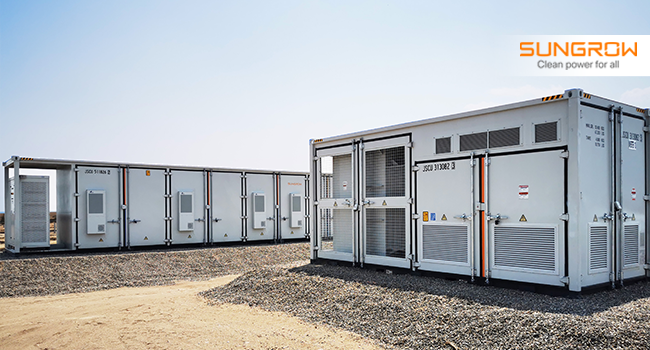The proposed project will allow to store and release energy for the entire grid, augmenting resources from wind, solar and hydro, to nuclear and fossil fuels. Contributing to local and national energy targets with additional benefits to include:
- Smoothing out the delivery of variable or intermittent resources such as wind and solar, by storing excess energy when the wind is blowing and the sun is shining, and delivering it when the opposite is happening;
- Ensuring reliability and resilience of connection, by providing backup power during disruptions;
- Reducing Environmental Impact via the integration of more solar and wind because it enables electricity from distributed energy sources to be saved for a later, offsetting the need for building new pollution-emitting peak power plants;
- Battery storage is a key enabler of net zero. The electricity system needs to be fully zero carbon to reach our net zero targets, and battery storage is a source of clean, flexible capacity. National Grid has forecast GB needs more than 50GW of battery storage by 2050, up from around 2.4GW today.
- It provides a range of balancing services. National Grid spent £2.65 billion on system services to keep the electricity system in balance in 2021, and these costs are passed through to consumers. Battery storage gives National Grid additional sources for these balancing services, helping bring down costs and support the operation of the grid.
- It helps manage the volatility of renewables. With increasing renewable energy, the more variable the energy system becomes, and battery storage is uniquely placed to help manage this volatility by storing excess renewable energy and using this to deliver energy to the grid when the system is in need.
- It can provide locational benefits. Battery storage can provide local system services to distribution network operators to help manage the local grid, bringing down costs for consumers in that region.
